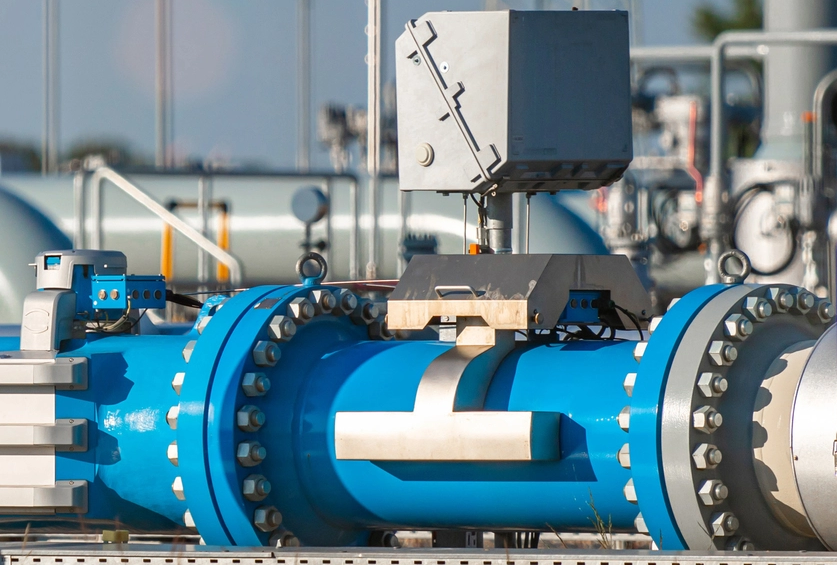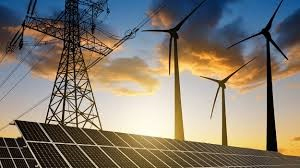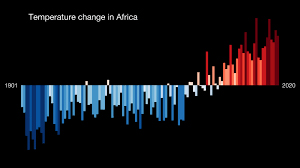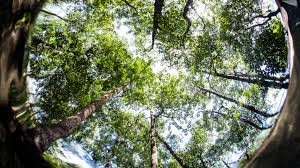Africa’s Green Hydrogen Potential: A Glimpse Into the Future

Africa, with its abundant renewable energy resources, stands at the threshold of a significant opportunity to harness the power of green hydrogen. Green hydrogen is produced through water electrolysis using renewable energy sources like solar and wind power. This process generates hydrogen for various applications and offers a clean and environmentally friendly alternative to traditional methods. To assess Africa’s readiness for this energy revolution, we must first examine the continent’s current energy landscape. Energy sources, such as fossil fuels, have long dominated the scene, but there is a growing recognition of the need to transition towards cleaner alternatives. Renewable energy initiatives across the continent further underscore Africa’s commitment to a greener future. From large-scale solar and wind projects in North Africa to decentralized renewable solutions in sub-Saharan regions, the momentum is building. Showcase maps and graphs illustrating key projects, painting a vivid picture of the continent’s renewable energy ambitions.
Unleashing Africa’s Green Hydrogen Potential
Endowed with untapped solar and wind potential that ranks among the world’s most significant, Africa stands in a distinctive position to emerge as a key player in the production of green hydrogen
Africa’s vast potential for green hydrogen production cannot be overlooked. Visual representations, such as maps highlighting regions with significant renewable energy potential, showcase the feasibility of establishing green hydrogen production hubs. These hubs can become catalysts for economic growth and technological advancement.
Africa’s energy landscape, traditionally reliant on fossil fuels, is undergoing a profound shift. A closer look at the continent’s energy matrix reveals a burgeoning interest in renewable sources such as solar and wind power. The diversification of energy sources is a testament to Africa’s commitment to sustainability and an essential precursor to green hydrogen adoption. Renewable energy initiatives across the continent are integral to this shift. Ambitious projects, from the vast solar farms of Morocco to decentralized solutions in rural communities, underscore Africa’s commitment to leveraging its renewable potential. These initiatives lay the groundwork for green hydrogen production, positioning Africa as a key player in the global clean energy arena.
The crux of Africa’s green hydrogen potential lies in its ability to produce hydrogen through electrolysis, driven by renewable energy sources. A visual representation of regions with significant renewable energy potential paints a vivid picture of Africa’s capability to establish green hydrogen production hubs. These hubs have the potential to become energy powerhouses, supplying both domestic needs and contributing to global green hydrogen markets. Investment and infrastructure are pivotal to realizing this potential. Current data on investments in green hydrogen projects and the state of supportive infrastructure across Africa provide insights into the continent’s attractiveness for green hydrogen initiatives. As investors increasingly turn their attention to sustainable projects, Africa’s potential becomes a compelling proposition. The policy and regulatory landscape play a crucial role in shaping the trajectory of green hydrogen adoption. A comprehensive overview of existing policies and regulations showcases the level of support and encouragement extended to green hydrogen projects. Clear, supportive policies can act as catalysts for the rapid development of a green hydrogen ecosystem.
Unlocking The Potential And Navigbating Pitfalls: The Promise Of African Clean Hydrogen Exports
The European Investment Bank anticipates that Africa has the potential to achieve a green hydrogen production capacity exceeding 50 million tonnes annually by the year 2035
Abundant energy resources across various regions in Africa position the continent as a promising hub for the production and export of environmentally friendly hydrogen. This can be achieved through two primary methods: green hydrogen, produced by electrolysis using renewable electricity, and blue hydrogen, generated from natural gas with the integration of carbon capture and storage technologies. Green hydrogen, derived from splitting water molecules using renewable electricity, is particularly feasible in areas blessed with excellent solar and wind resources. Many African countries, especially those situated around the Northern and Southern Tropics, possess these advantageous conditions. Additionally, the continent holds substantial untapped hydropower potential, primarily concentrated along major rivers like the Congo and Nile.
Countries such as Nigeria, Algeria, and Angola, boasting some of the world’s largest gas reserves, see blue hydrogen as an attractive low-carbon option. This approach involves splitting natural gas into hydrogen and CO2, with subsequent carbon capture and storage necessary. The substantial resource potential in Africa has attracted political engagement from various European countries, with Germany taking a notable lead. The German government has initiated partnerships with several African nations, contributing to the development of a Hydrogen Potential Atlas. In support of Namibia’s National Green Hydrogen Development Strategy, Germany has committed a substantial $45.7 million. Furthermore, discussions between Germany and the Democratic Republic of the Congo hint at the potential revival of the Inga Dam III project, a project of significance and controversy. To facilitate dialogue with fossil fuel-exporting economies like Angola and Nigeria, Germany has established Hydrogen Offices, signaling a proactive approach to collaboration in the pursuit of sustainable hydrogen solutions.


Initiatives Led by African Governments
Regarding the regulatory frameworks governing green-hydrogen production, Adam noted significant progress in several African countries, especially those affiliated with the Green Hydrogen Alliance, such as Mauritania, Namibia, Egypt, Morocco, Kenya, and South Africa. Highlighting that “renewable energy is Africa’s superpower, financing is not,” he emphasized the Alliance’s focus on creating a policy framework to attract investments while addressing the unique needs of each country.
One challenge identified in ongoing projects, as explained by Liebing, involves defining an export process with the host government. Despite this, Liebing pointed out that ammonia, a crucial component in the green-hydrogen production process, is not new to the market. Existing fleets of ammonia tankers, ammonia-handling ports, and import terminals worldwide offer established infrastructure. Developers can strategically position green-hydrogen plants within existing oil and gas ports, allowing for cost-effective production in Africa without the necessity of constructing dedicated export infrastructure.
The Shift Toward Renewable Energy In Africa
With its rich tapestry of natural resources and a burgeoning energy demand, Africa is witnessing a transformative shift towards renewable energy sources. This paradigm shift addresses the pressing need for sustainable power solutions and positions the continent as a key player in the global clean energy landscape.

Navigating Climate-related Security Risks in the Middle East and North Africa
The Middle East and North Africa (MENA) region, renowned for its geopolitical complexities, now grapples with another layer of challenges – Climate-related security risks. As the impacts of climate change intensify, understanding and addressing these risks become imperative for the stability and sustainable development of nations in the region.

Swapping Debt for Nature: A Sustainable Solution for Economies Facing Global Challenges
As the world is struggling with unprecedented challenges, a promising solution has emerged for vulnerable economies: Debt-for-nature swaps. This innovative approach offers a sustainable path forward, addressing both economic vulnerabilities and environmental conservation.
